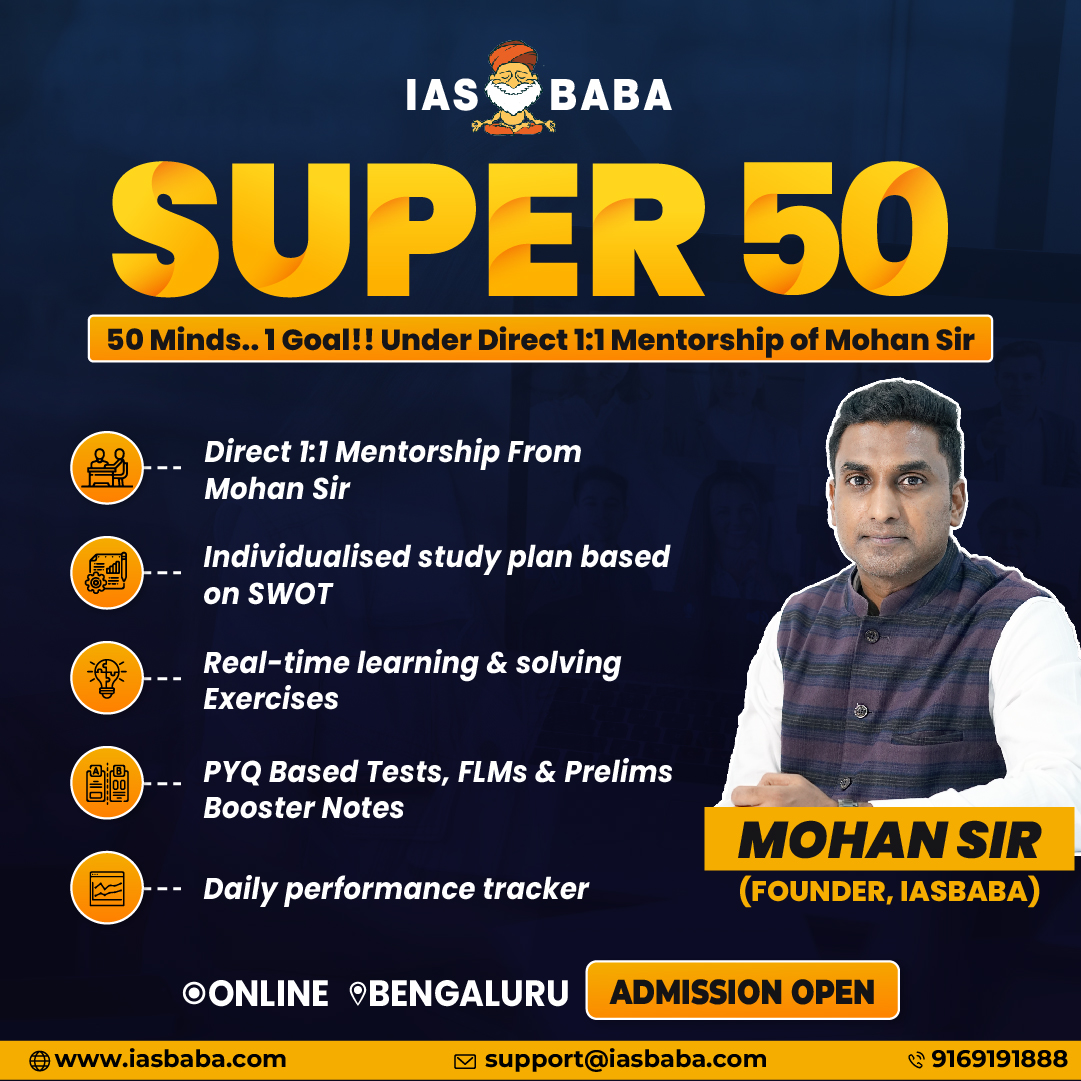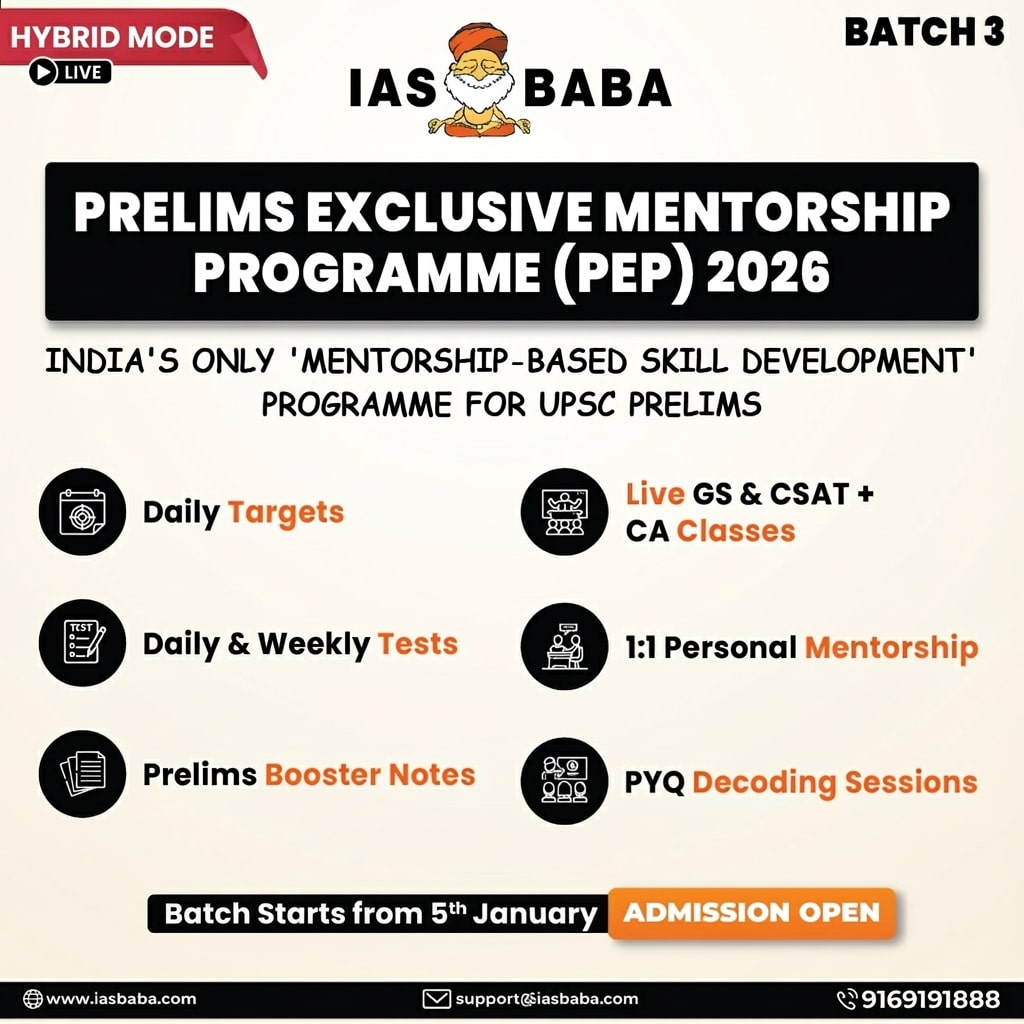Indian History & Post-Independence, TLP-UPSC Mains Answer Writing
Q.2. “What were the key administrative challenges confronting the Indian government in the immediate aftermath of Independence? How were these challenges addressed?” (150 words, 10 marks)
Introduction
After Independence in 1947, India faced major administrative challenges such as unifying princely states, controlling communal violence, and building new institutions. As Nehru said, “The task before us is colossal, but so is our will to succeed.”
Body
Key Administrative Challenges
- Partition and Refugee Crisis: Massive displacement of over 10 million people caused humanitarian emergencies. Example: Punjab and Bengal faced huge influxes of refugees, straining resources.
- Law and Order Breakdown: Communal riots and violence erupted, destabilizing peace. Example: Direct Action Day in Calcutta led to widespread riots.
- Integration of Princely States: Over 560 states had varying degrees of allegiance. Example: Hyderabad and Junagadh showed resistance to joining India.
- Establishing Bureaucracy: Departure of British officials created a vacuum in administration. Example: Need for rapid training of Indian civil servants.
- Economic Disruption: Partition severed trade routes and split industrial centers. Example: Lahore’s partition disrupted Punjab’s economic unity.
Measures Taken to Address Challenges
- Refugee Relief and Rehabilitation: Government set up camps and resettlement programs. Example: Central relief camps in Delhi and Punjab helped millions.
- Deployment of Security Forces: Police and army were mobilized to restore law and order. Example: Military intervention in riot-hit areas like Noakhali.
- Diplomacy and Force in Princely Integration: Instruments of Accession and military action used. Example: Operation Polo in Hyderabad in 1948.
- Creation of Indian Administrative Service (IAS): To ensure efficient governance. Example: IAS formed to replace departing British officers.
- Economic Planning Initiated: Establishment of Planning Commission to revive economy. Example: First Five Year Plan launched in 1951 focusing on agriculture and industry.
Conclusion
India navigated its post-independence administrative crisis through visionary leadership, state integration, and institutional foundations. As Sardar Patel, the architect of integration, aptly said, “The first requirement for progress is the unity and stability of the nation.”














